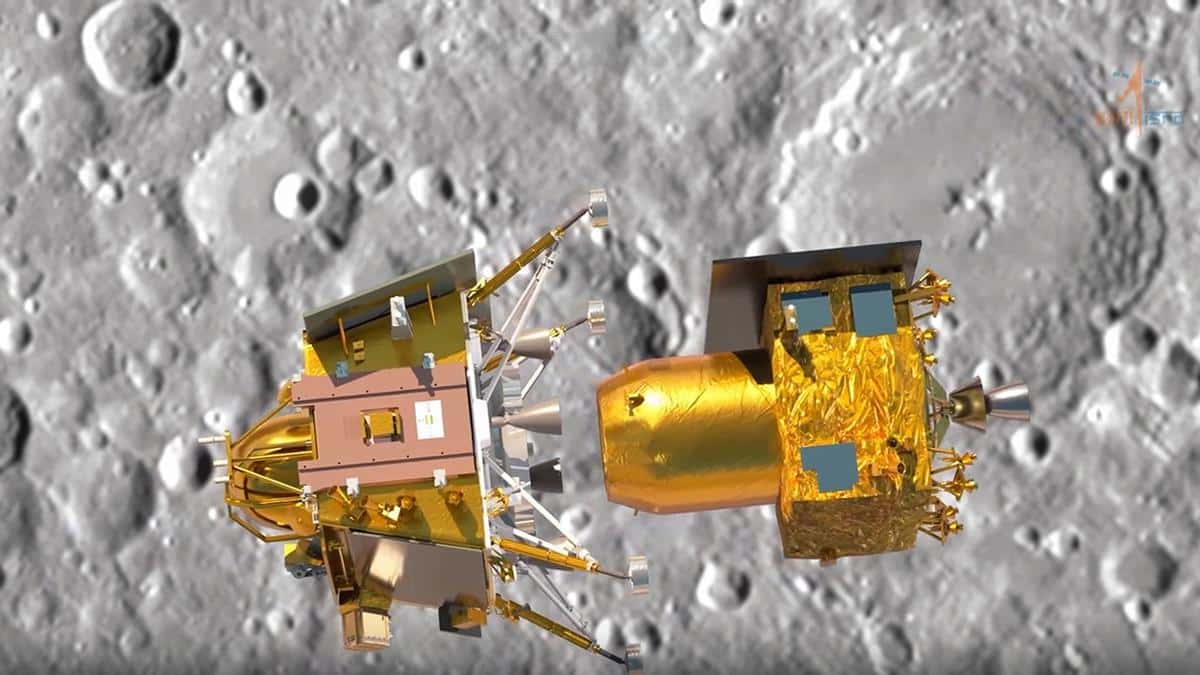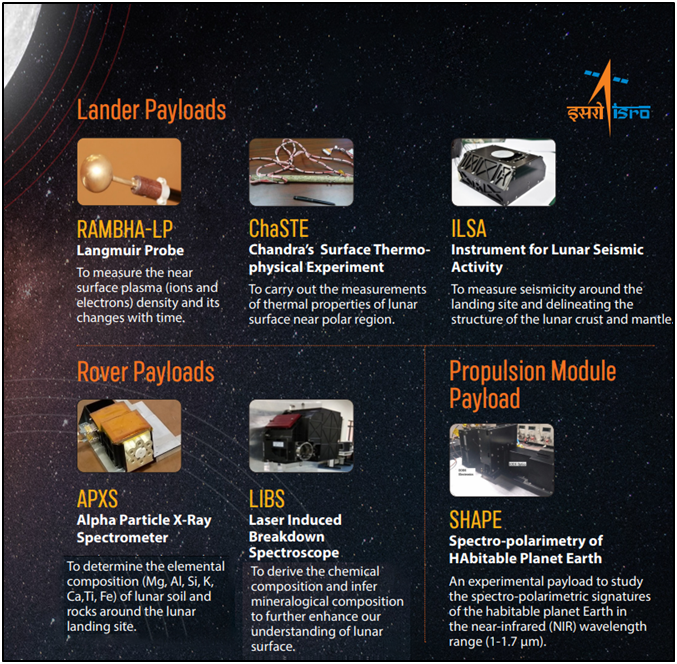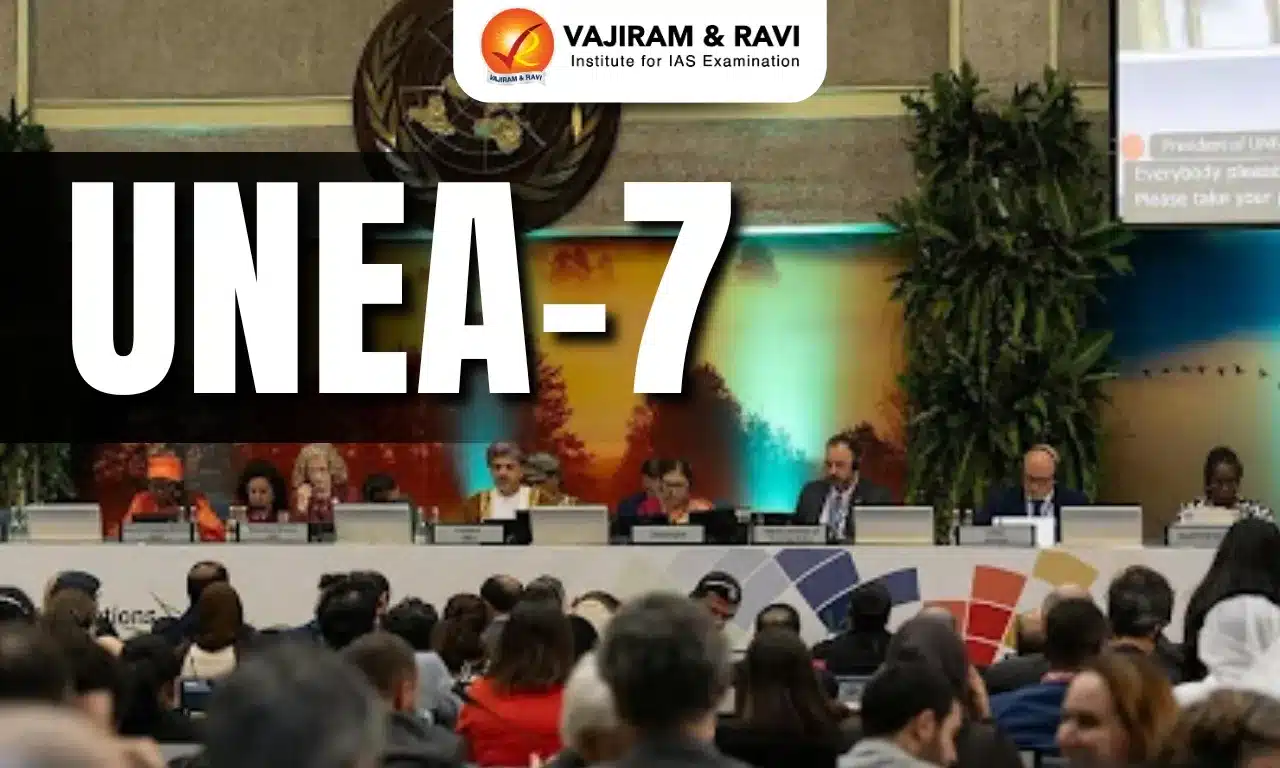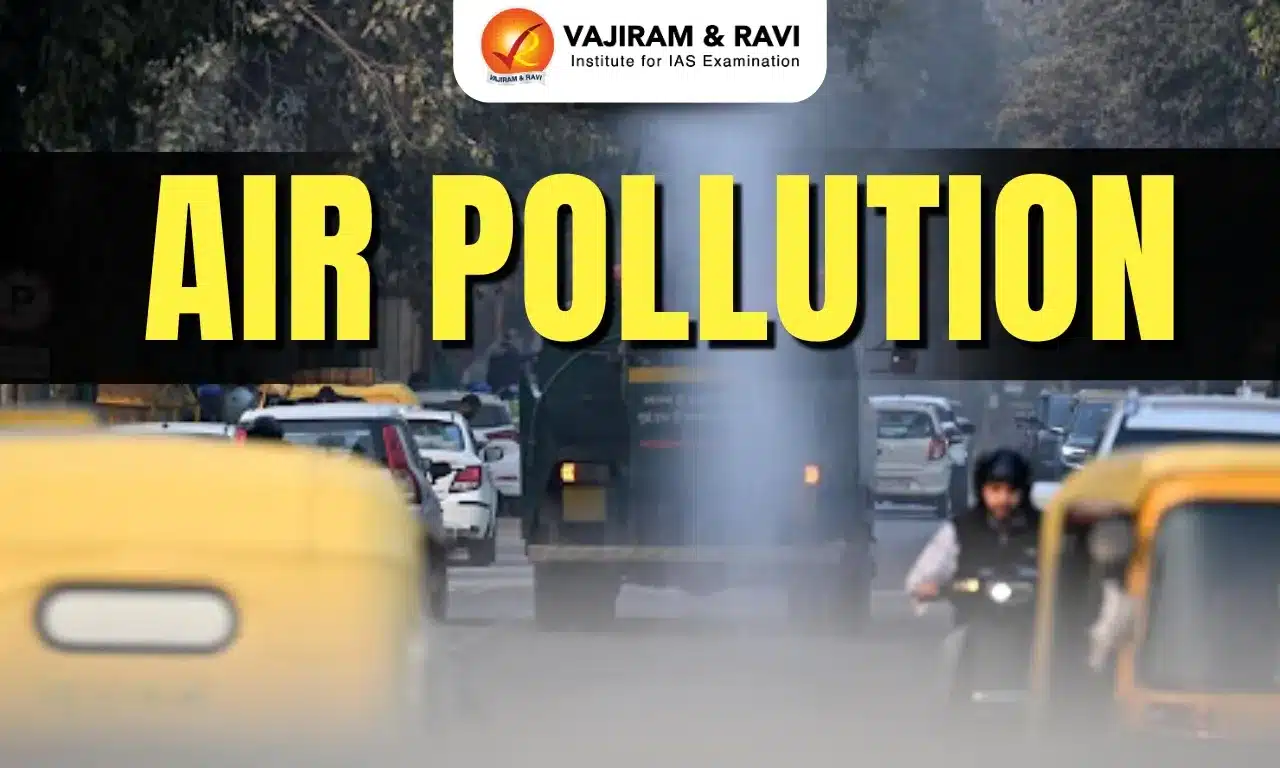What’s in Today’s Article?
- Why in the News?
- What is Chandrayaan-3 Mission?
- What is a Propulsion Module in Chandrayaan-3?
- Significance of Propulsion Module Coming Back to Earth’s Orbit
Why in the News?
- Scientists have brought the Propulsion Module (PM) of the Chandrayaan-3 mission back into Earth orbit.
What is Chandrayaan-3 Mission?
- Chandrayaan-3 is a follow-on mission to Chandrayaan-2 (2019) to demonstrate ISRO’s end-to-end capability in safe landing and roving on the Moon’s surface.
- It comprises an indigenous propulsion module, lander module (called Vikram), and a rover (called Pragyaan) with the objective of developing and demonstrating new technologies required for inter-planetary missions.
- The propulsion module, other than carrying the lander and rover configuration till about 100 km lunar orbit, carries the Spectro-polarimetry of Habitable Planet Earth (SHAPE) payload to study spectral and polarimetric measurements of the Earth from lunar orbit.
- On August 23rd, Vikram Lander made its historic touchdown on Moon and subsequently Pragyaan rover was deployed.
- With the success of Chandrayaan-3, India joined United States, Russia, and China as one of the few countries to successfully land on the Moon.
What is a Propulsion Module in Chandrayaan-3?
- The propulsion module is a box-shaped component of the Chandrayaan-3 spacecraft powered by solar panels.
- With regard to Propulsion Module, the main objective was to ferry the Lander module to the final lunar polar circular orbit and separate the Lander.
- Subsequent to separation, SHAPE payload in the PM was also operated.
- The initial plan was to operate this payload for about three months during the mission life of PM.
- On December 4th, the ISRO announced that it had moved Chandrayaan-3’s PM out of lunar orbit and placed it high above Earth for a bonus mission, where it now survives on leftover fuel.
- The new experiment will demonstrate technologies that will help Indian scientists bring samples from the moon to Earth someday, ISRO said.
- The ISRO has not revealed what it plans to do with the spacecraft when it runs out of fuel.
Significance of Propulsion Module Coming Back to Earth’s Orbit
- ISRO added that the following are the main outcome from the return maneuvers carried out on PM related to future missions:
- Planning and execution of trajectory and maneuvers to return from Moon to Earth.
- Development of a software module to plan such a maneuver and its preliminary validation.
- Planning and execution of a gravity assisted flyby across a planet/celestial body.
- Avoiding uncontrolled crashing of the PM on the Moon’s surface at the end of life of PM thus meeting the requirements of no debris creation.
Q1) What is the meaning of Low Earth Orbit?
A low Earth orbit (LEO) is an orbit around Earth with a period of 128 minutes or less (making at least 11.25 orbits per day) and an eccentricity less than 0.25.
Q2) What is meant by space debris?
Space debris, artificial material that is orbiting Earth but is no longer functional. This material can be as large as a discarded rocket stage or as small as a microscopic chip of paint.
Last updated on December, 2025
→ Check out the latest UPSC Syllabus 2026 here.
→ Join Vajiram & Ravi’s Interview Guidance Programme for expert help to crack your final UPSC stage.
→ UPSC Mains Result 2025 is now out.
→ UPSC Notification 2026 is scheduled to be released on January 14, 2026.
→ UPSC Calendar 2026 is released on 15th May, 2025.
→ The UPSC Vacancy 2025 were released 1129, out of which 979 were for UPSC CSE and remaining 150 are for UPSC IFoS.
→ UPSC Prelims 2026 will be conducted on 24th May, 2026 & UPSC Mains 2026 will be conducted on 21st August 2026.
→ The UPSC Selection Process is of 3 stages-Prelims, Mains and Interview.
→ UPSC Result 2024 is released with latest UPSC Marksheet 2024. Check Now!
→ UPSC Prelims Result 2025 is out now for the CSE held on 25 May 2025.
→ UPSC Toppers List 2024 is released now. Shakti Dubey is UPSC AIR 1 2024 Topper.
→ UPSC Prelims Question Paper 2025 and Unofficial Prelims Answer Key 2025 are available now.
→ UPSC Mains Question Paper 2025 is out for Essay, GS 1, 2, 3 & GS 4.
→ UPSC Mains Indian Language Question Paper 2025 is now out.
→ UPSC Mains Optional Question Paper 2025 is now out.
→ Also check Best IAS Coaching in Delhi


















